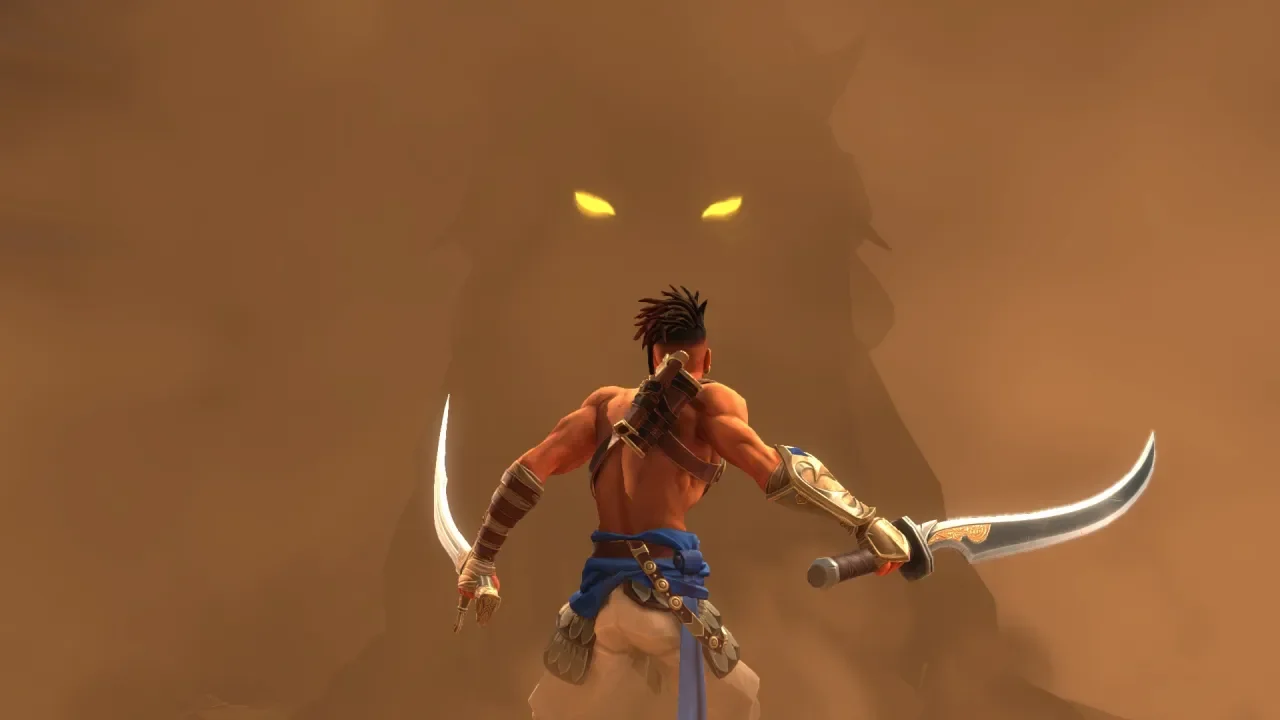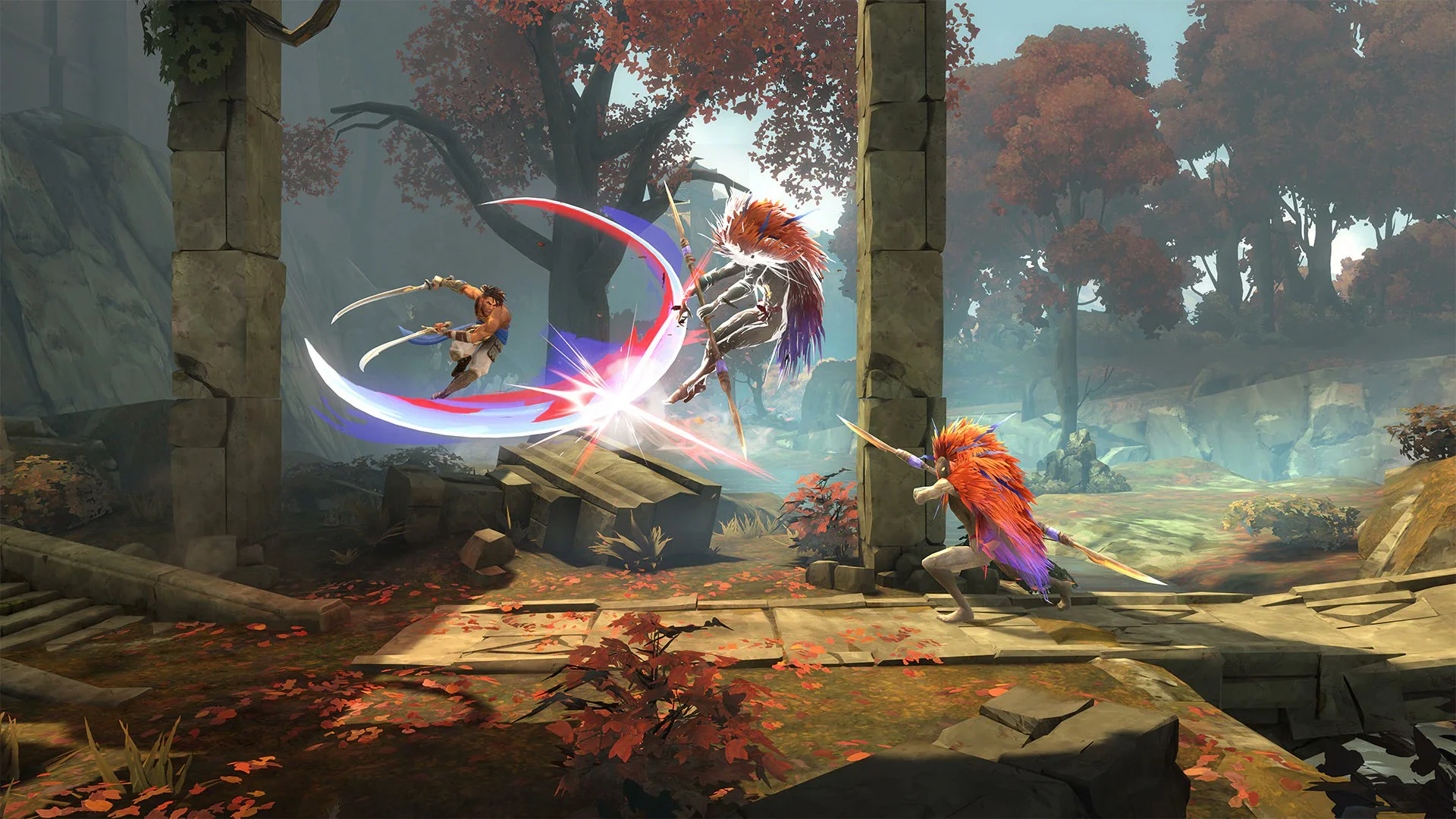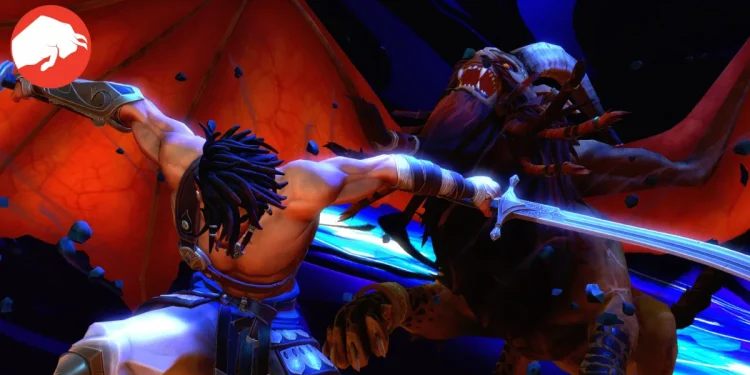Prince of Persia: The Lost Crown’s journey exemplifies the intricate dance between anticipation and reception in the gaming community. Initially met with skepticism when Ubisoft announced its revival, the game faced doubts regarding its ability to live up to the franchise’s legacy. However, as its launch drew near, perceptions underwent a remarkable transformation.
The tide shifted drastically, ultimately leading to the game achieving the highest user rating for a Ubisoft title on Metacritic. This turnaround narrative prompts a deeper exploration of the interplay between critical acclaim and commercial success within the video game industry.
A New Direction for Prince of Persia: The Lost Crown
Prince of Persia: The Lost Crown embarked on a bold departure from Ubisoft’s well-trodden path of open-world adventures, opting instead for a 2D Metroidvania style. This decision was a gamble, aiming to rejuvenate the franchise by tapping into a different gaming audience. “This 2D Metroidvania game took risks to break away from the traditional style of Ubisoft’s open-world games,” reflects the understanding that innovation in game design is a double-edged sword.

The Sales Paradox
Despite critical acclaim, Prince of Persia: The Lost Crown faced an uphill battle in the commercial arena. Insider Gaming reported that the game didn’t reach the milestone of one million players, a figure that many industry observers might expect from a Ubisoft release. The game’s performance—300,000 players and approximately $15 million in revenue—paints a stark contrast to Ubisoft’s expectations and the game’s reception.
It’s crucial to underscore that player count does not directly translate to sales, especially for titles available on subscription services. This discrepancy highlights the evolving dynamics of game distribution and consumption.
Comparison with Ubisoft’s Other Releases
Ubisoft’s portfolio in the preceding years, including Avatar: Frontiers of Pandora, demonstrated the company’s ability to produce commercially successful titles, with Avatar amassing 1.9 million players and $133 million in revenue. This comparison puts the performance of Prince of Persia: The Lost Crown into perspective, suggesting that even well-received games can struggle to capture the wider gaming market’s attention.

Critical Acclaim vs. Commercial Success
The journey of Prince of Persia: The Lost Crown from skepticism to critical darling highlights a significant divide between critical acclaim and commercial success. Our review praised the game, awarding it a 9/10 and commending its capacity to elevate expectations for future titles. The game’s recent discounts and promotions might eventually narrow this gap, but the initial sales figures have left many, including us, disappointed given the high quality of the gaming experience provided.
Looking Ahead: Ubisoft’s 2024 Slate
As Ubisoft gears up for a year packed with major releases, including Star Wars Outlaws, Skull and Bones, and Assassin’s Creed Red, there’s concern that Prince of Persia: The Lost Crown may be overshadowed. However, its innovative approach and critical success ensure that it will be remembered as one of Ubisoft’s standout titles of 2024, even if the sales figures tell a different story.
The game’s legacy may ultimately lie in its contribution to the broader conversation about the risks and rewards of deviating from established formulas in the gaming industry.










